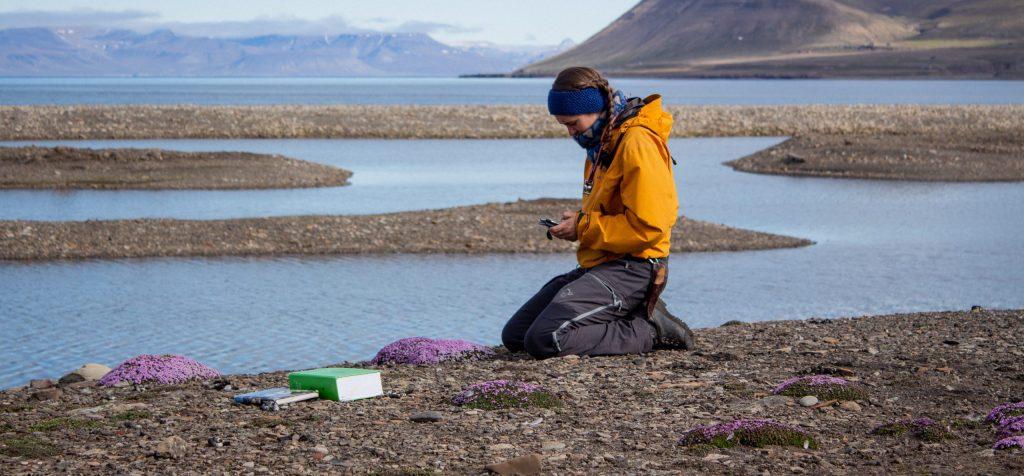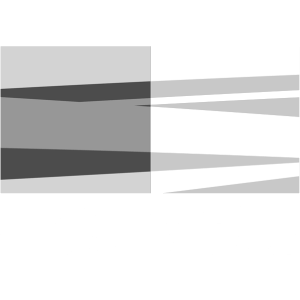• Learning Arctic Biology •
Want to learn about Arctic terrestrial biology?
Video: Tina Dahl and Marcos Poricres
• Browse by topic •
• Digital Tools •
360° Virtual Field Guides
Explore a variety of locations and learn about its biology, history and more. All in 360 degrees!
ArtsApp - Digital Key
A digital key for Svalbard’s flora, with specific keys for vascular plants and grasses.
Read about...
Succession gradients
In Arctic marginal environments, successional pattern deviates from the classical model for directional change and replacement of species (Matthews 1978; Svoboda & Henry, 1987). Under
Soil-invertebrate decomposers
Decomposition, the breakdown of soil organic matter (SOM) and the release of nutrients and fixed nitrogen, is an essential process in soil nutrient cycling and

Saprotrophic fungi
Saprotrophic fungi degrade dead organisms or their remains, such as litter or dung. Depending on their mode of breaking down cellulose or lignin, we recognise
The tricky business of identifying invertebrates
Identifying invertebrates is challenging. For many taxa you require specialised knowledge and for this reason many taxonomists focus on only a few groups. Moreover, speciment
Bryophytes as environmental indicators
Many bryophyte species are very sensitive to certain environmental conditions – both naturally occurring and imposed by anthropogenic activity. Bryophytes are used as indicators and
Diversification of Arctic flora and fauna during the Pleistocene
On an evolutionary time-scale, the arctic flora and fauna have had very short time to develop. This partly explains the low number of truly endemic

Nutrient input
In nutrient enriched areas, organic soils of over 10 cm depth may accumulate, illustrating the impact of nutrient flow from the marine environment to the
Colonisation of Svalbard by the invertebrate fauna
The invertebrate fauna of Svalbard is relatively young. There is no evidence that invertebrates survived the last glacial maximum in situ. The islands were covered
Bryophyte adaptations and constraints
Bryophytes are very resilient and have a unique ability to recover from long-lasting extreme environmental conditions (La Farge et al. 2013, Procter et al. 2007). Bryophytes
Fungi in Svalbard
A large number of mushroom species grow in Svalbard. Most are small, some are poisonous, while others are edible and tasty. Fungi have most of
Microbiology in the Arctic
Since the turn of the previous century, when Arctic explorers began to return samples of microbes for culture and study, our understanding of the microbiology
What are bryophytes?
Evolutionary origin Bryophytes belong to the embryophytes, which include all land plants. Evidence from structural, biochemical, and molecular data supports the view that bryophytes and all
Mutualistic fungi
Mutualistic fungi live on other organisms, however in contrast to parasitism, mutualism benefits all involved organisms. The fungi get nutrition, mainly carbohydrates, from their partners,
Archaea
Compared to Bacteria and Eukaryotes, Archaean diversity, physiology and ecology is still very little explored. Many Archaea are extremophiles – living in extreme environments –
Parasitic fungi
Parasitic and pathogenic fungi obtain their nutrition from other living organisms, and have a negative effect upon the individuals – hosts – they are parasites
Biogeography of bryophytes
History The Pleistocene is the world’s recent period of repeated glaciations between 2.5 million to 11700 years ago. More than 20 cycles of glaciation occurred
Useful learning resources

bioCEED resource for learning statistics, tutorials for the statistical computing language R and more!
How do you start with academic writing? This is the prefect resources for those who are about to write their first thesis/poster/essay etc. or looking for new tips when it comes to academic writing.
Svalbox is all about Svalbard geology. Svalbox aims to compile and acquire key data sets and publications to provide an interactive 3D geoscientific database of Svalbard.
The UNIS Executable Books page provides an overview of all eBooks available and/or used for teaching at the University Centre in Svalbard (UNIS).










